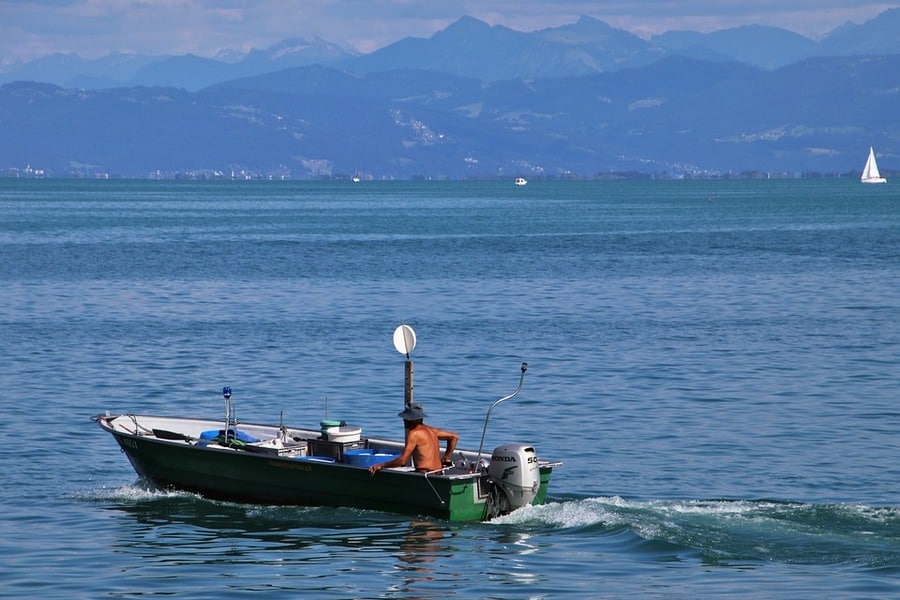
That’s just one example of the kind of interaction divers can have with the underwater wildlife around Great Lakes shipwrecks.ĪPI key not valid. Only when the diver slowly backed away did the smallmouth retreat to its nest at the far end of the wreckage having successfully deterred another visitor to the site. It attacked at full speed, making direct contact with the diver’s underwater camera.

So, the sudden appearance of a bass approaching at warp speed took the diver completely by surprise.Ī 3-foot smallmouth bass was using the wreckage as a nest site, and the aggressive male was undeterred by the diver’s larger size.

The wooden planks were not covered with algae nor encrusted with zebra or quagga mussels. There were no schools of emerald shiners, black-striped minnows or yellow perch in sight. Sunbeams easily penetrated the 20 feet of clear lake water above the wreck. Click here for more information.Īll that remained of the schooner was a bit of its hull – a tightly packed row of wooden planks stretching 40 feet across the bottom of Lake Huron. A maritime archaeologist with NOAA’s Thunder Bay National Marine Sanctuary and a benthic ecologist with NOAA’s Great Lakes Environmental Research Laboratory will be participating in a Q&A. Join Great Lakes Now‘s “Shipwrecks and ecosystems in the Great Lakes” watch party on Facebook on Monday, Oct. This article is published in conjunction with PBS’s “The Age of Nature” series which begins airing on Oct.



 0 kommentar(er)
0 kommentar(er)
